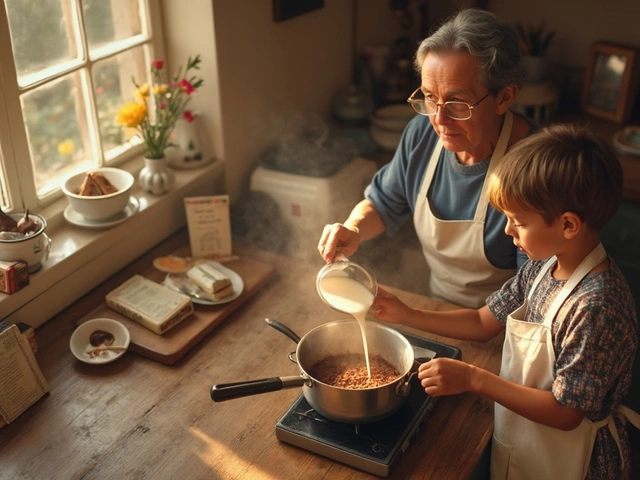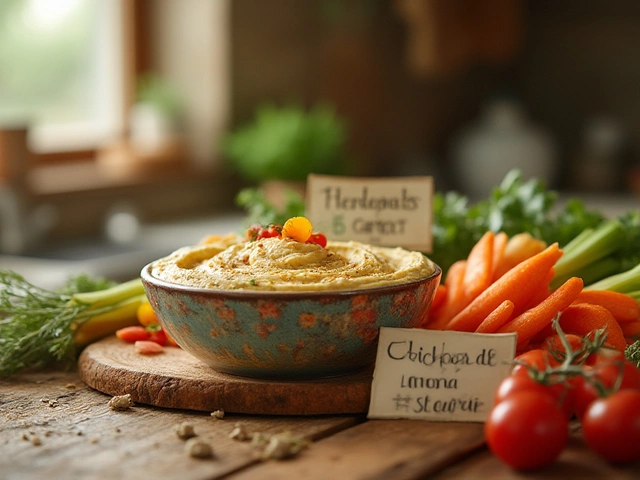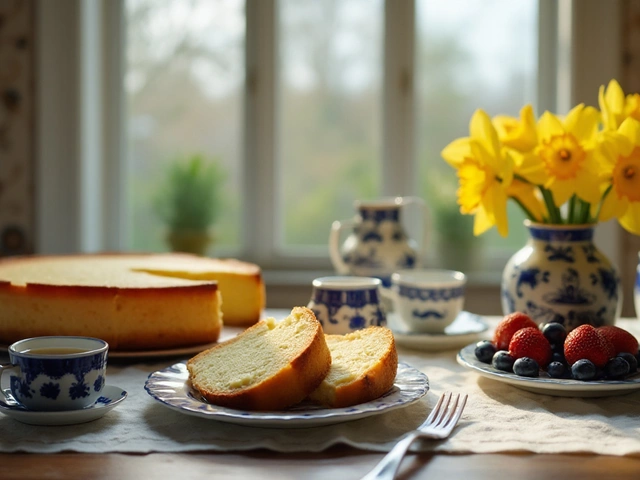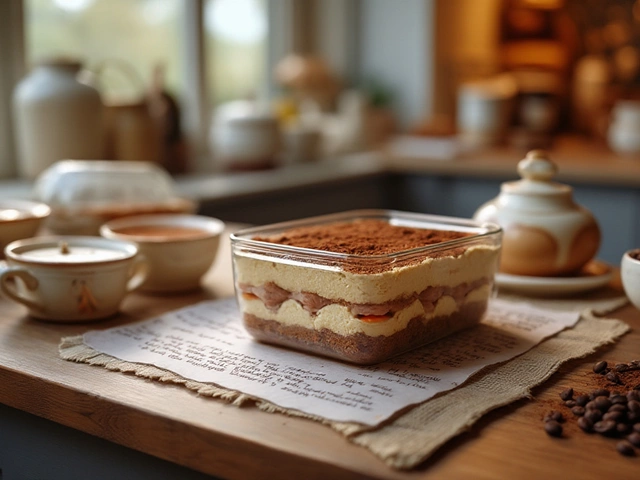Cake Traditions: Classic Recipes, Cultural Customs, and Fun Decorating Ideas
When you think about birthdays, weddings, or holidays, a cake is often the star. But behind each slice lies a story – a tradition that’s been handed down through families and cultures. Knowing these traditions can make your next bake feel special, and it gives you cool ideas to share with friends.
First, ask yourself why a particular cake matters to you. Is it the fluffy sponge you grew up with, the spicy gingerbread that smells like Christmas, or the bright red velvet you always see at weddings? Understanding the why helps you respect the original custom while adding your own touch.
Historical Roots of Popular Cakes
Many classic cakes started out as simple celebrations. The French galette des rois began as a way to mark the first day of the year in ancient Rome. In the UK, the fruitcake earned a reputation for lasting months because it was soaked in brandy and wrapped tightly. Those old tricks still work today – brining a cake in booze can keep it moist for weeks.
In the United States, the birthday cake got its modern shape after the Industrial Revolution. Ready‑made batter and frosting tubes made it easy for anyone to bake a sweet centerpiece. That’s why a basic butter cake feels so familiar – it’s been on party tables for over a hundred years.
Asian cake traditions bring different flavors. Japanese castella is a light, honey‑sweet sponge that came from Portuguese traders. In India, the khortha cake mixes coconut, cardamom, and sometimes mango, turning a simple bake into a tropical treat. Trying these recipes lets you taste a piece of history.
Modern Twists on Traditional Cakes
Today, bakers love to remix old ideas. One popular hack is swapping traditional frosting for a whipped cream cheese topping – it adds tang without losing the sweet vibe. Another trick is using alternative flours like almond or oat to give a classic pound cake a gluten‑free spin.
If you’re into décor, think beyond icing. Edible flowers, fresh fruit, or even a small toy car (a nod to your site’s red‑car theme) can turn a plain cake into a conversation starter. The key is to keep the base recipe familiar so people still recognize the tradition, then layer on your modern flair.
Don’t forget storage. Many old‑world cakes were designed to last. Keep your cake covered in the fridge for up to a week, or freeze individual slices for longer storage. A quick thaw in the microwave brings back that fresh‑baked feeling without much effort.
Whether you’re baking for a holiday, a birthday, or just because, adding a touch of tradition makes the experience richer. Pick a classic recipe, learn why it matters, and then play with flavors, textures, or decorations that speak to you. Your cake will not only taste good – it will tell a story.
Ready to try a new tradition? Grab a simple sponge recipe, add a dash of your favorite spice, and top it with something unexpected. You’ll see how a few tweaks can turn a humble cake into a memorable centerpiece that honors the past while celebrating the present.






